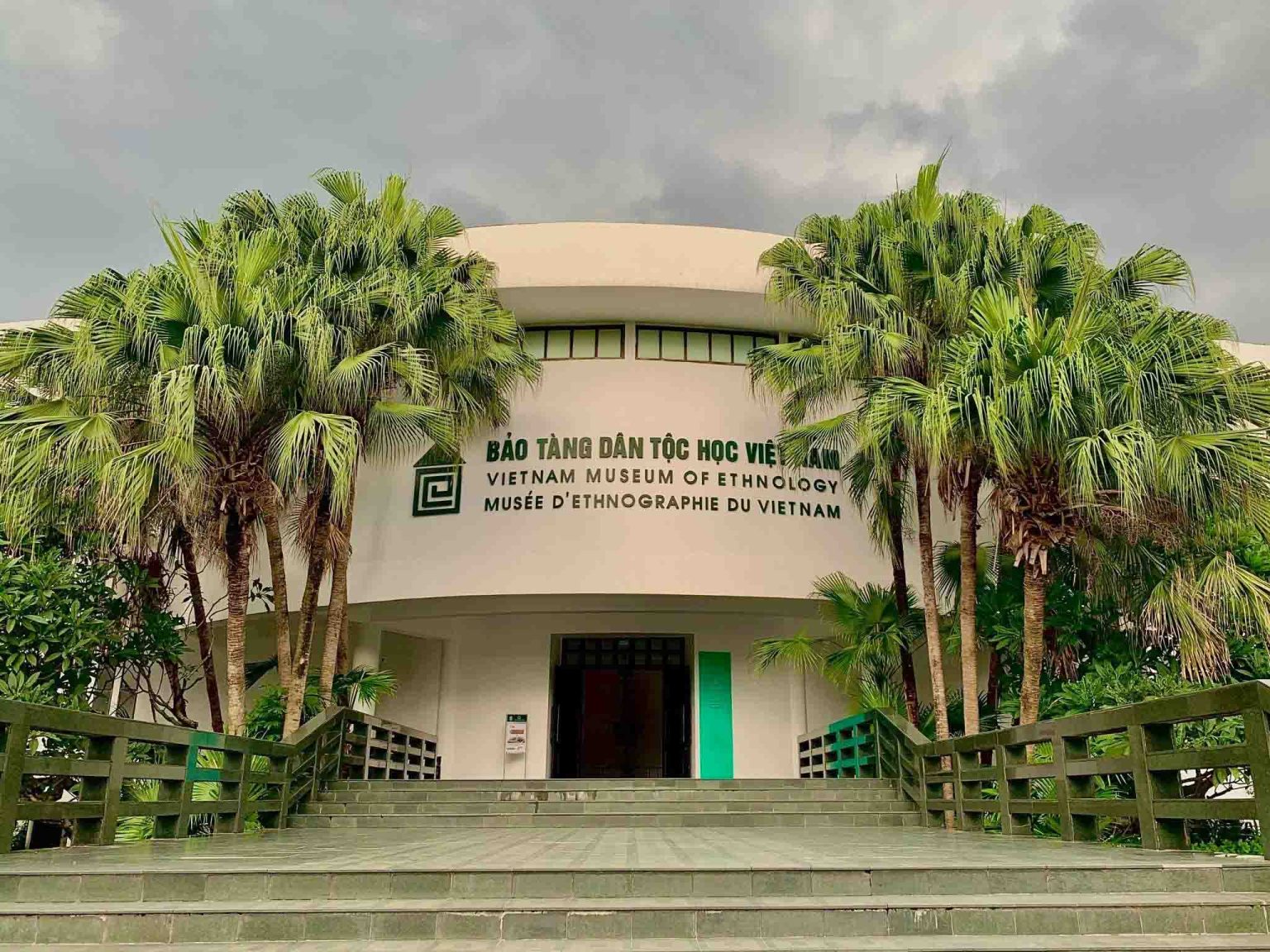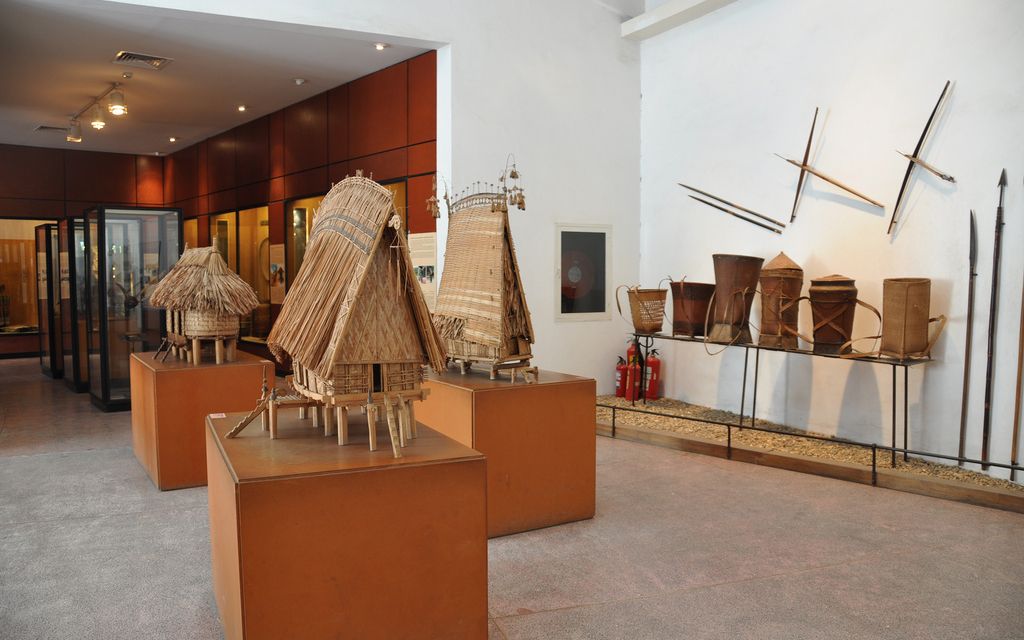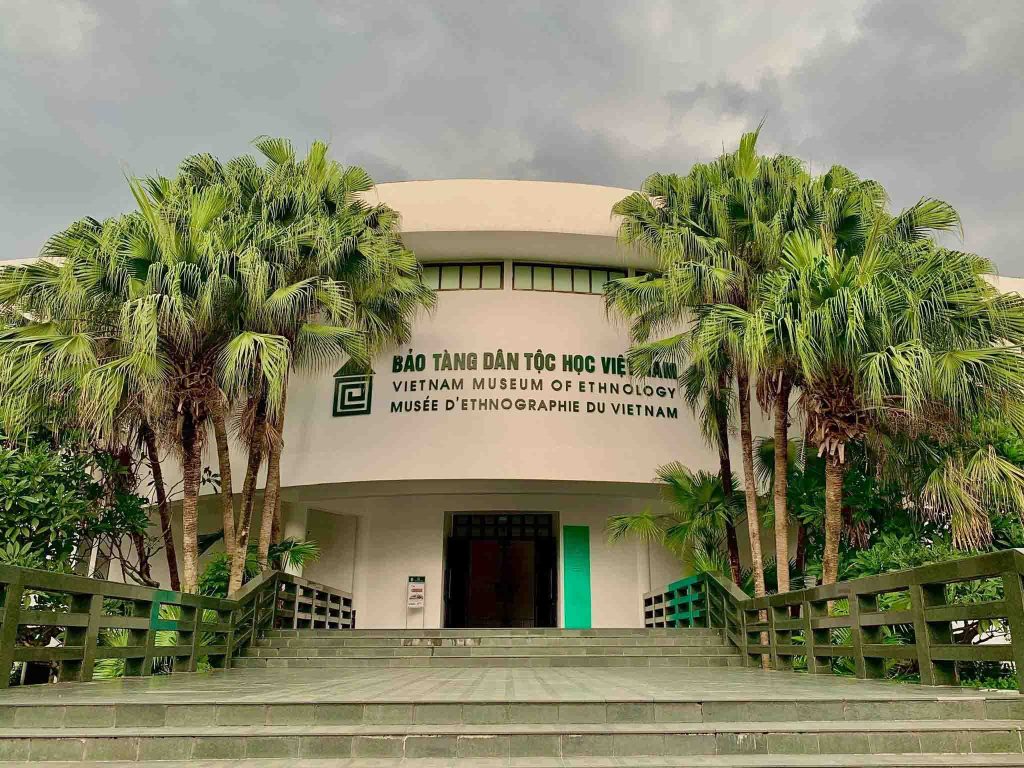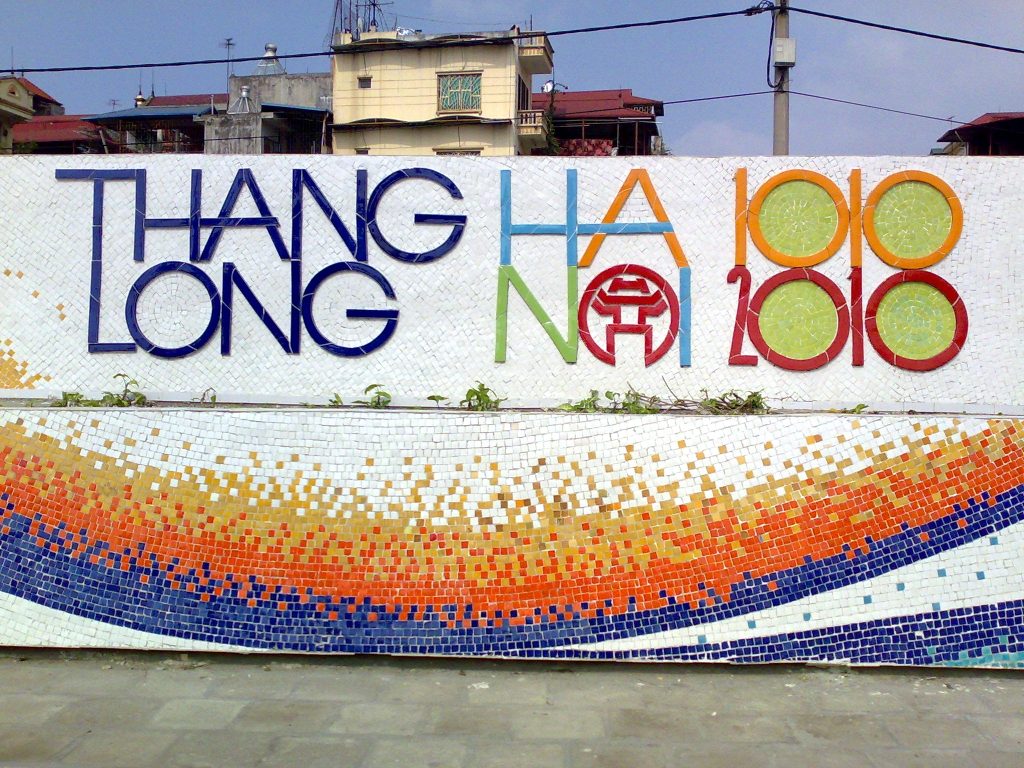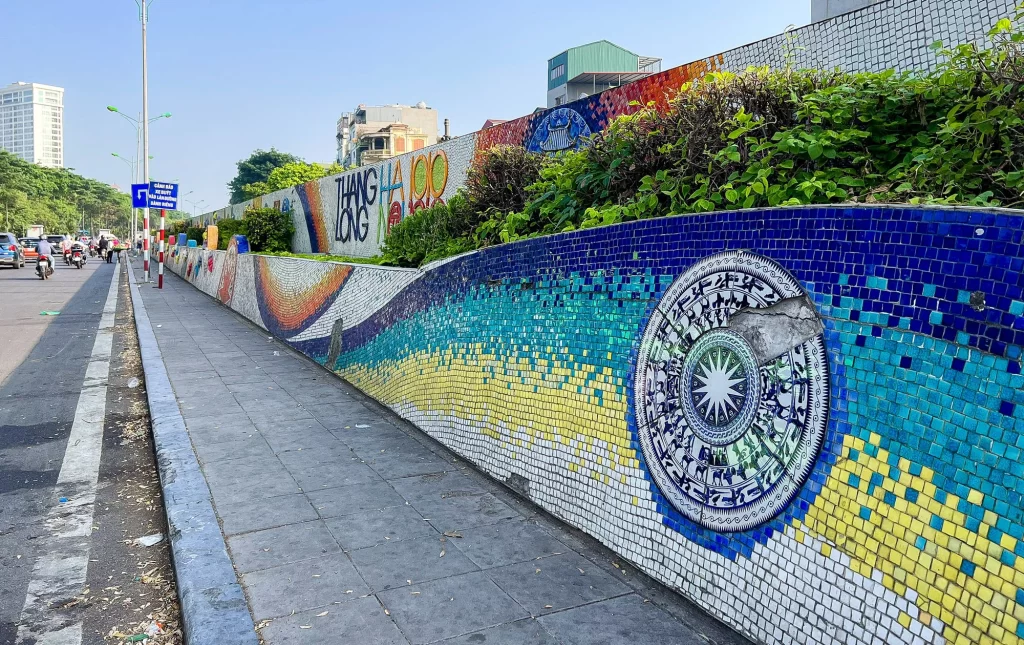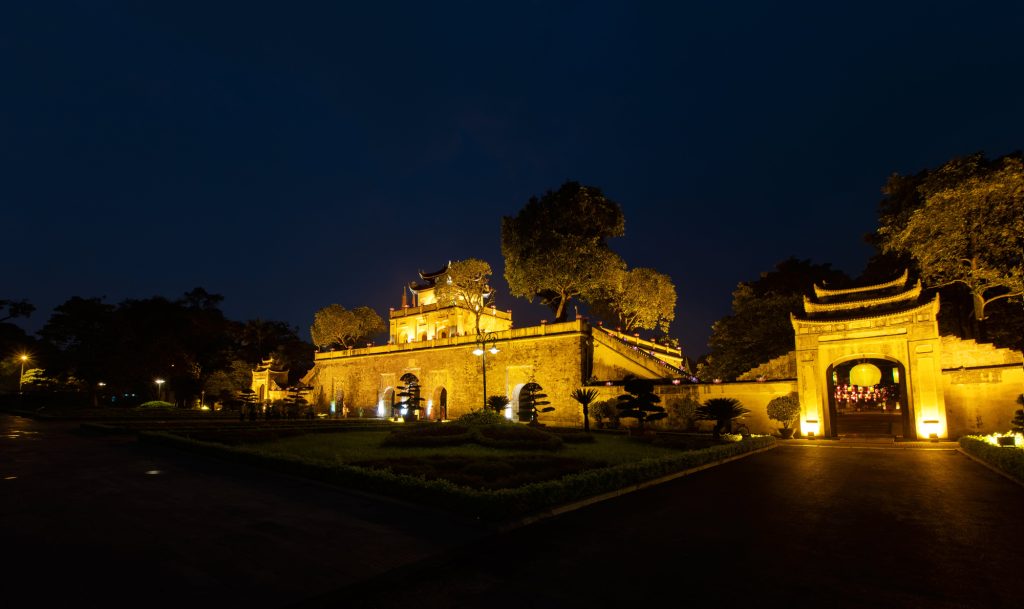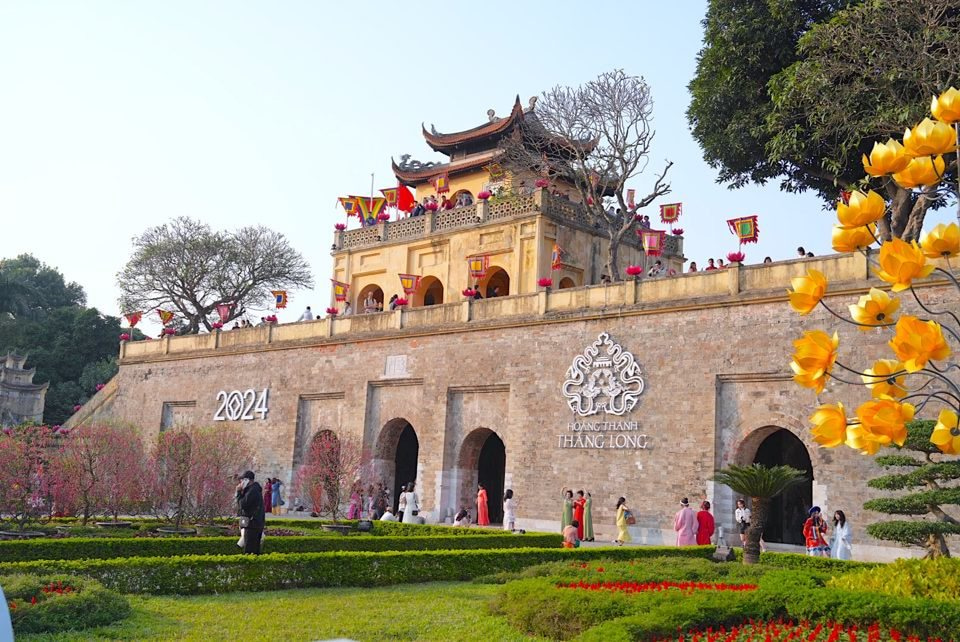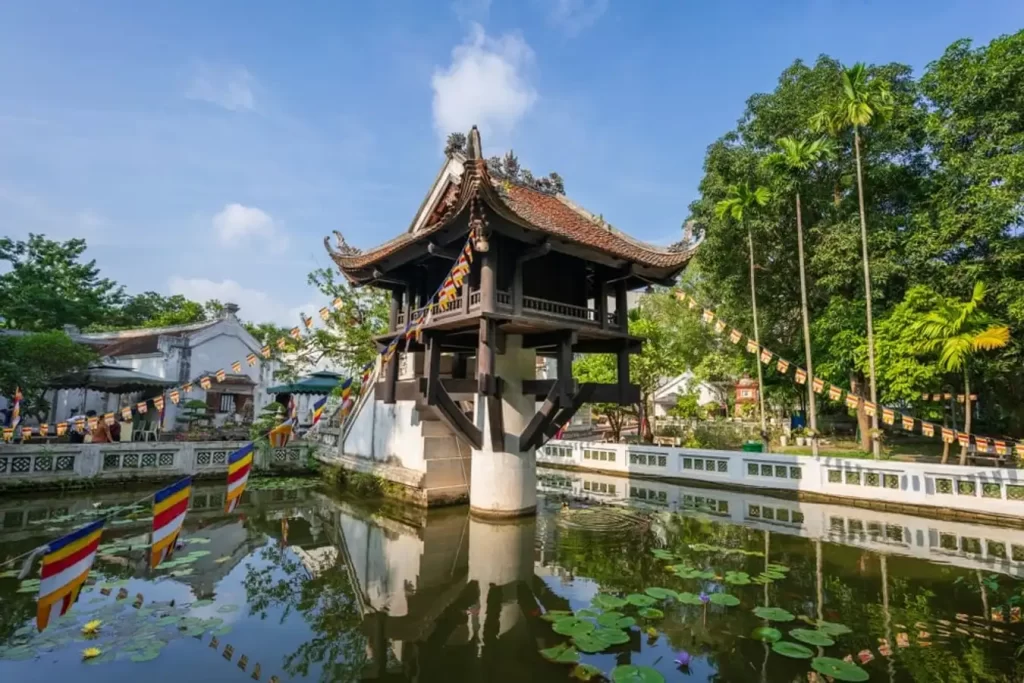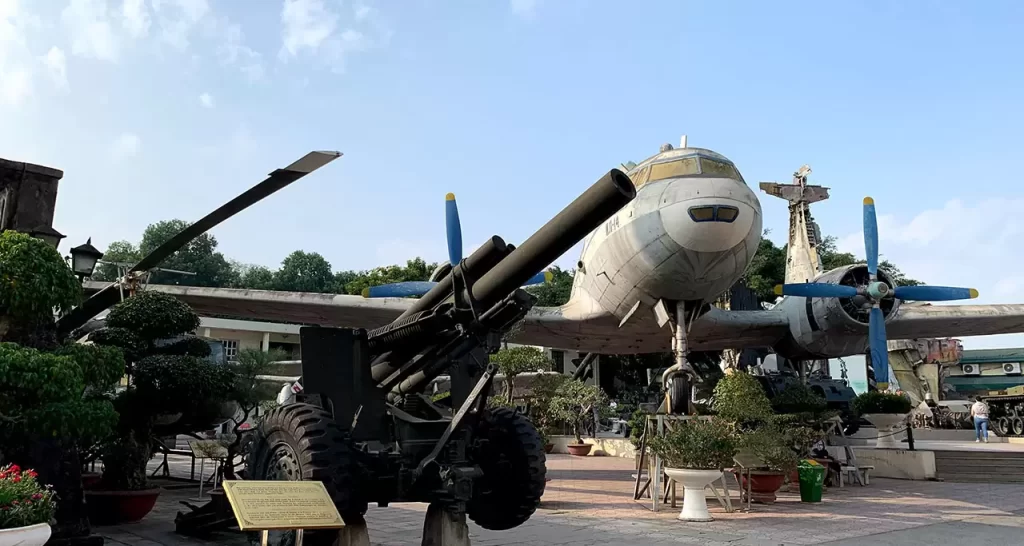A Visitor's Guide to the Vietnam Museum of Ethnology in Hanoi
Are you planning a trip to Hanoi and looking for a deep dive into Vietnam's rich cultural tapestry? Look no further than the Vietnam Museum of Ethnology. This comprehensive guide provides everything you need to know for a memorable visit.
Location: Nguyen Van Huyen Street, Quan Hoa, Cau Giay, Hanoi, Vietnam (click here to open google map)
The museum boasts an extensive collection spreading across two main exhibition areas—the indoor and the outdoor sections. Inside, visitors can explore artifacts, traditional costumes, and tools representing the daily lives and rituals of Vietnam’s 54 ethnic groups. The outdoor area features full-scale replicas of tribal houses and communal buildings, promising an immersive experience.
Direction to the Vietnam Museum of Ethnology
Address: Nguyen Van Huyen Street, Cau Giay District, Hanoi.
Opening Hours: From Tuesday to Sunday, 8:30 AM to 5:30 PM. Note that the museum is closed on Mondays.
Nestled in the heart of Hanoi, the Vietnam Museum of Ethnology is a captivating exhibit showcasing the diverse ethnic groups that form the fabric of Vietnam's identity. Located at Nguyen Van Huyen Street in the Cau Giay district, this museum stands as a testament to the country's cultural richness.
The Museum of Ethnology is one of the museums in Hanoi that you should definitely visit once. This place has great cultural and historical significance, very suitable for tourists who are passionate about learning and exploring Vietnam.
The museum is 4.5 hectares wide, includes many new architectural works and is likened to a miniature picture of 54 ethnic groups in Vietnam. Many artifacts are displayed here such as jewelry, costumes, weapons, religion, musical instruments, beliefs...
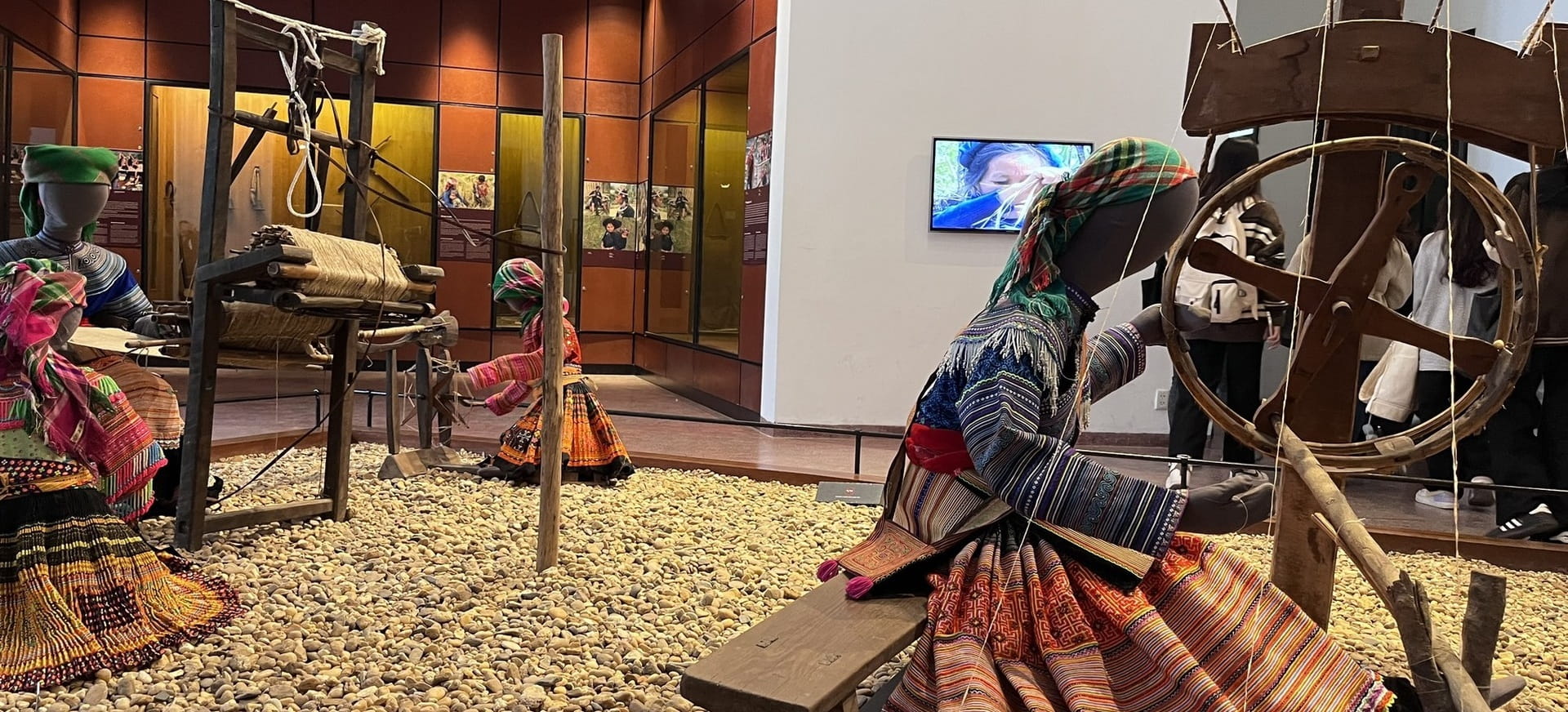
Ticket prices to Vietnam Museum of Ethnology and fees
Tickets: Offers affordable entry fees for adults, with reduced rates for children, students, and elderly visitors.
Ticket price for the Museum of Ethnology is 40,000 VND/person. For students it is 20,000 VND/time, for students it is 10,000 VND/time. Ticket prices are reduced by 50% for the elderly, people with severe disabilities and ethnic minorities. Free for people with severe disabilities and children under 6 years old.
At the museum, you can hire an interpretation service to learn more deeply. Explanation price is 100,000 VND for the entire museum in Vietnamese, 100,000 VND for the indoor area in French/English, 50,000 VND for the indoor area in Vietnamese and 50,000 VND for the outdoor area in Vietnamese.
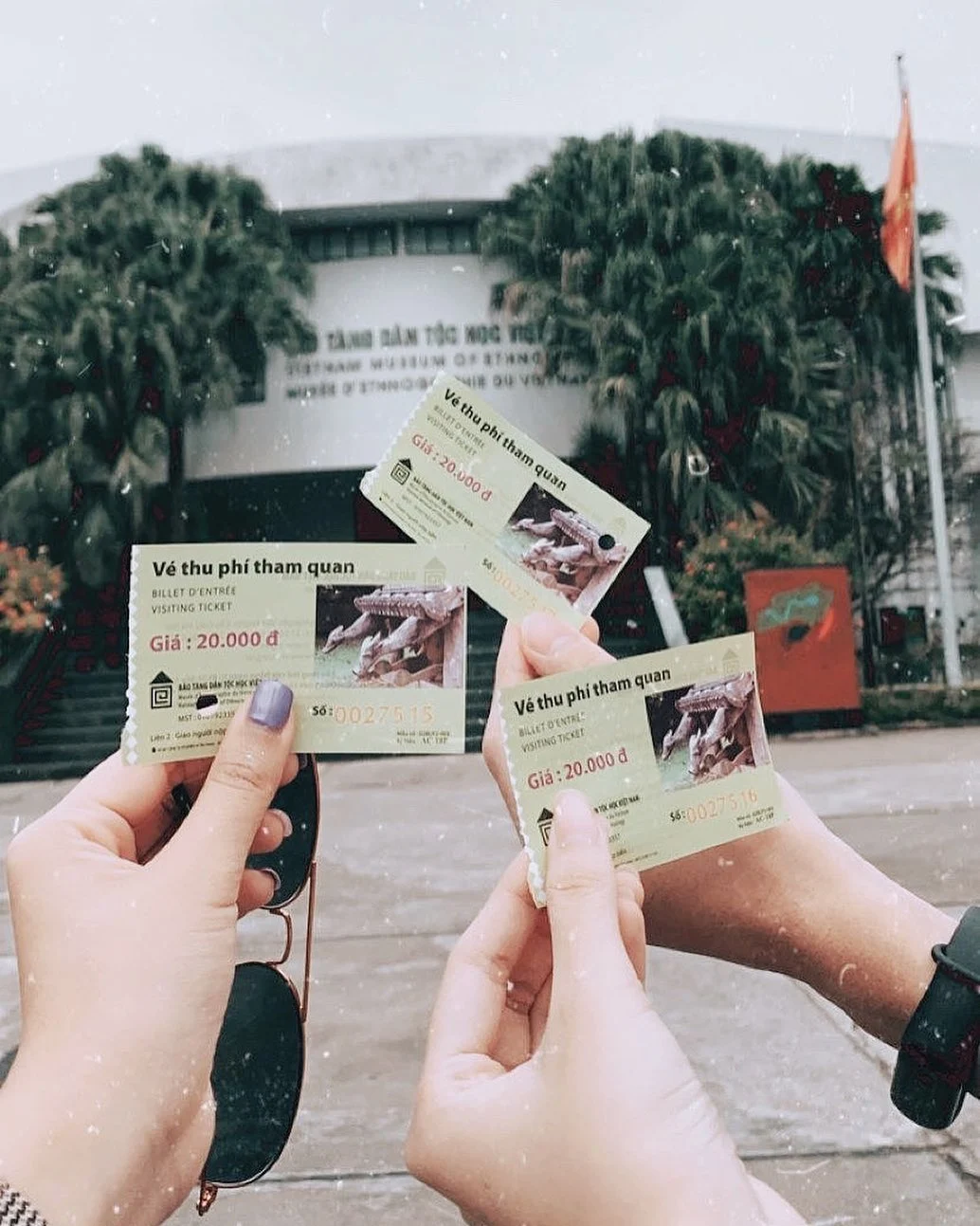
History of Vietnam Museum of Ethnology
Vietnam Museum of Ethnology, one of the leading museums in Hanoi, was established to introduce and preserve the rich culture of 54 ethnic minorities in Vietnam.
Since the 80s of the twentieth century, when the country was still quite difficult due to being in the post-war period, the Museum of Ethnology was promoted to be built.
On October 24, 1995, the museum was officially established by the Prime Minister.
On November 12, 1997, on the occasion of the Summit of Nations meeting in Hanoi, the museum held an inauguration ceremony with the presence of President of the French Republic Jacques Chirac.
Located on Nguyen Van Huyen street in Cau Giay district, the museum is divided into two main areas: indoor display and outdoor area. The indoor display area introduces traditional cultural artifacts such as costumes, household items, work tools, and art. Meanwhile, the outdoor area simulates housing styles and provides a realistic glimpse into the daily lives of the ethnic groups.
The museum is not only the home of precious artifacts but also a place for cultural and educational activities to raise awareness of Vietnam's diverse cultural values. Coming to the Vietnam Museum of Ethnology, visitors have the opportunity to experience and learn deeply about the cultural identity of each ethnic group, contributing to affirming the position and importance of preserving cultural heritage. in modern times.
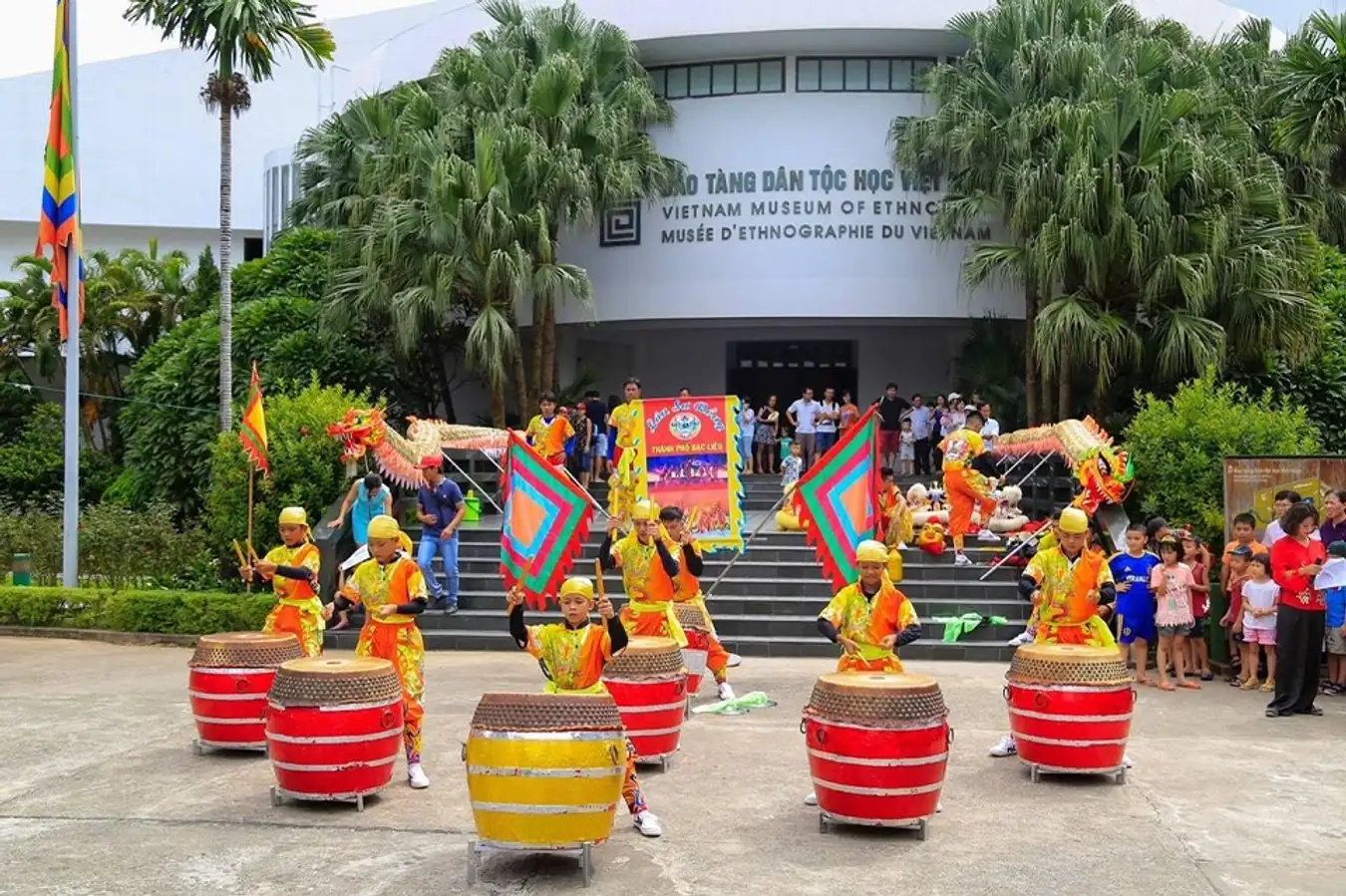
The attractions that draw tourists to the Vietnam Museum of Ethnology.
1. The Bronze Drum Court is rich in national cultural identity
The Bronze Drum Court at the Vietnam Museum of Ethnology is not only an artifact but also a symbol of national cultural identity. Bronze drums, a priceless historical treasure, are publications of the ancient wet rice civilization from the Dong Son period, reflecting the ingenious crafting art and profound worldview of our ancestors.
The Bronze Drum Court has a total display area of up to 2,000 square meters, opened in November 1997. Most of the building is devoted to displaying the 54 ethnic groups in Vietnam with artifacts, photos, films, lively recreations and many fascinating research articles.
The museum has reserved a special space to display and introduce these drums, helping visitors deeply understand the historical, cultural and spiritual value of Bronze Drums in the lives of ancient Vietnamese people. When visiting the Bronze Drum Court, visitors not only see but also learn about the process of making bronze drums, from choosing clay to create molds to the metal casting process, a complex process that requires ingenuity. skillful and meticulous.
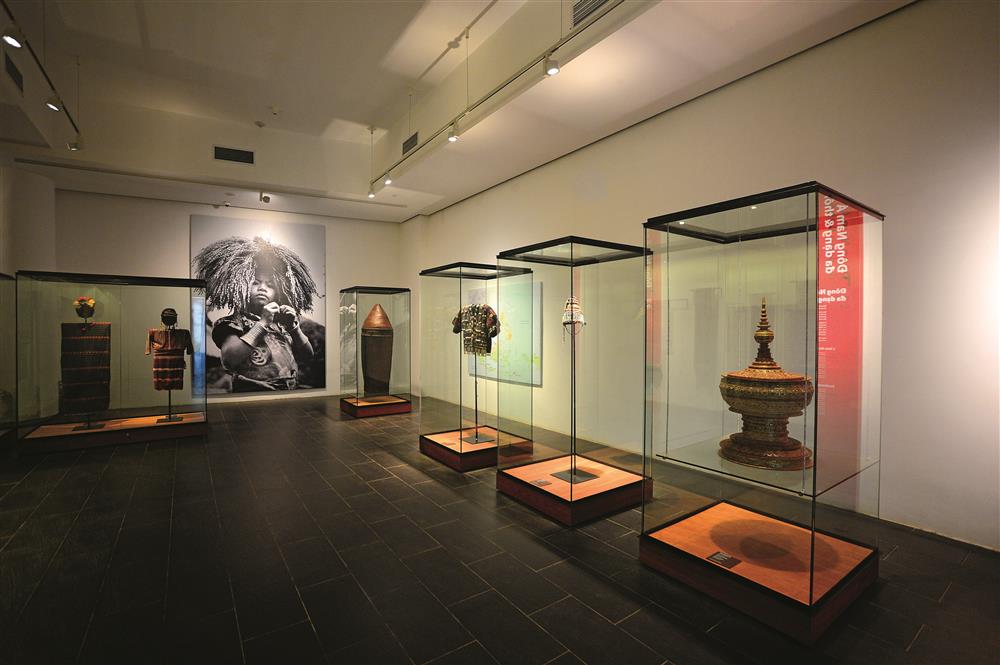
2. The Kite Court has an impressive design
The Canh Dieu Court in the Vietnam Museum of Ethnology is a place to vividly preserve and display the unique cultural networks of Vietnam's ethnic minorities. This is a destination not to be missed to better understand the diversity of Vietnamese culture. The 4-storey building called the Kite Building was built in June 2007 and opened in 2013. The Kite Building exhibits residents from outside Vietnam such as Southeast Asian peoples. This place was designed by architects of Hanoi University of Civil Engineering, modeled after a kite - a typical traditional culture of Southeast Asia.
The architecture of the Cashew Wing Court is quite unique, reflecting the image of the cashew, a symbol of childhood, joy and freedom. The building includes many galleries, each room is a lively space with its own color and identity, from costumes and jewelry to traditional musical instruments and folk arts such as sculpture and brocade weaving. , each thing tells a story about the customs and practices of the nation it represents.
At the building, there are 4 regular themes: Southeast Asian Culture, A Glimpse of Asia, Indonesian Glass Paintings, and Around the World. There are also temporary exhibition areas, auditoriums, cinema rooms, and educational activities. Visitors to Canh Dieu Court also have the opportunity to experience it directly through interactive activities: try on traditional costumes, practice hand-painting, or participate in folk games.
Through intelligent and lively displays, Canh Dieu Tower not only brings knowledge but also inspires visitors about the richness of Vietnamese culture. The Museum of Ethnology through Canh Dieu Tower is like a common house of discovery, where people of all ages can come to learn, respect and appreciate national cultural values.

3. The Architectural Garden is filled with lush green
The Architecture Garden at the Vietnam Museum of Ethnology is a special corner where the culture and architectural customs of the Vietnamese peoples are vividly reproduced. This large garden is the highlight of the museum, helping visitors reach a deep part of cultural identity through hands-on experiences. The outdoor display area - Architectural Garden was built from 1998 - 2006 and is about 2 hectares wide. This place introduces 10 unique folk architectural works of 10 Vietnamese ethnic groups such as the Cham house, Rong Bana house, Vietnamese house, Giarai tomb house, Ede long house, Cotu tomb house, Tay stilt house. , Hmong bungalows, walled houses of the Ha Nhi people and half-floor houses of the Dao people.
The Architectural Garden is covered with many types of green trees and cool artificial streams. This place introduces the diversity and richness of Vietnamese culture.
In the green space, visitors can visit traditional types of houses from stilt houses in the Northwest to long houses of the Ede people in the Central Highlands. Each type of house is built meticulously and carefully, providing a visual insight into the unique living methods, structures and construction techniques of each ethnic group.
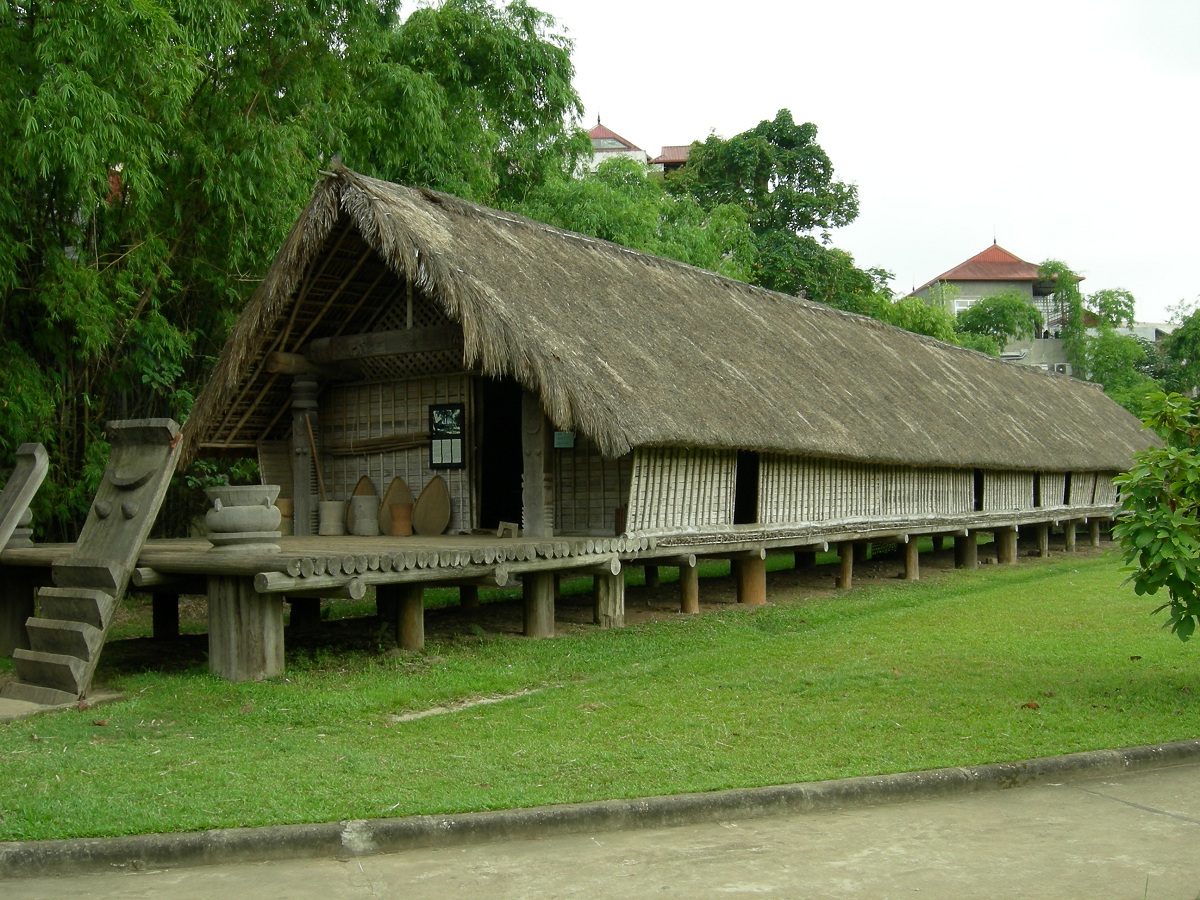
Experience visiting Hanoi Museum of Ethnology
To visit the museum conveniently and completely, you should:

